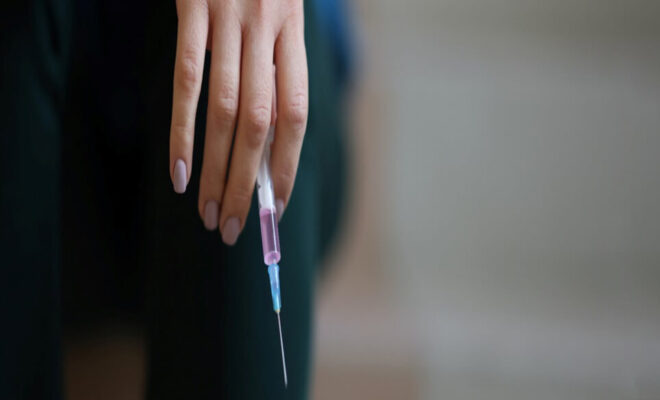What is the time duration of Suboxone withdrawals?

If anyone is going through an addiction phase of opioids, they need to get the Suboxone treatment in Omaha. It is commonly known as Medications for opioid use disorder (MOUD).
Suboxone contains two different drugs, which are Buprenorphine and naloxone. Both of them are not addictive as heroin and painkillers. The primary role of Suboxone is to trick the mind that it’s getting the opioids it needs for pleasure, but it is actually removing the cravings of that drug. There are some questions you should ask about pain and pain treatment from your doctor if you decide to get the MOUD treatment.
To help people wean off the opioid drugs, Suboxone is used in the MOUD treatment. In addition, Suboxone is also used to avoid inpatient detoxification in the human body. Just like that, there are several advantages of Suboxone, and some of them are mentioned below.
- Decrease the urge for opioids in the body.
- Heavy decrease in the rates of relapse
- It has a low-level risk of misusing the drug and doesn’t have many side effects either.
However, using Suboxone can lead to dependency because, after all, it also contains the drug in it. In addition, Suboxone can also create some withdrawal symptoms to other opioids during the end of the treatment. As a result, patients who are going through Suboxone treatment diminish off the medication in order to reduce the risk of Suboxone withdrawal.
About Suboxone withdrawal symptoms and how long do they last:
Suboxone aims to create an illusion for the mind that it is getting the opioids that it craves for and, at the same time, reducing the urge of the drug. However, it should be taken as prescribed by the doctor: otherwise, there will be several consequences for the patient to face. The one that is known as Buprenorphine has the job to reduce the urge of Opioids in the body and, therefore, it creates some withdrawal symptoms during the end of the Suboxone treatment. The reaction that it creates is normal because there is a sudden absence of the medication in the body. In addition, there will also be some chemical imbalance in the body. Here are some of the symptoms that a patient might feel.
- Stomach cramps
- diarrhea
- Vomiting
- twitching
- Muscles pains
- Sweating
- Chills
- Anxiety
- Dilated pupils
- Headache
- Restlessness
- Runny nose
They may begin within 6 to 8 hours after the last dose of Suboxone treatment, including symptoms like anxiety, chills, and headache. The symptoms will start to gain over a period of a month, and the patient might see the signs of depression and cravings. However, this will all likely to be ended by the month of the last dosage of Suboxone medication.




